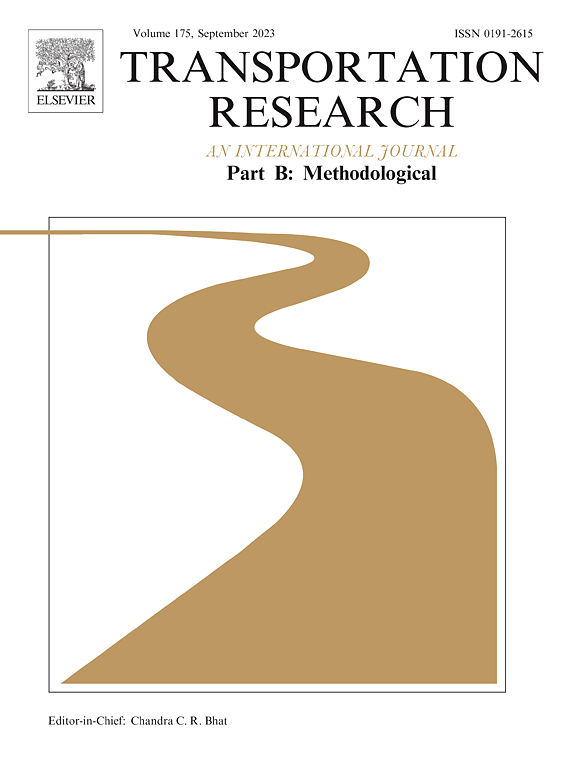优化连续泊位分配、时变码头起重机和堆场分配
IF 6.3
1区 工程技术
Q1 ECONOMICS
引用次数: 0
摘要
高效的集装箱码头运营依赖于三个关键资源的协调使用:泊位、码头起重机(qc)和堆场空间。涉及这些组成部分的决策是高度相互关联的。泊位分配影响QC调度,进而影响场边运输。然而,大多数文献单独处理这些问题或简化假设,如离散泊位分配,定常QC分配,或遗漏码分配。据我们所知,本文首次建立了统一的连续时间优化模型,该模型集成了连续泊位分配、时变QC调度和堆场空间分配。为了解决我们提出的综合决策模型,我们开发了一个精确的算法,并通过设计一些新的有效不等式和m收紧技术来加速该算法。通过计算实验验证了算法的效率和考虑上述决策特征的好处。此外,还进行敏感性分析,以获得潜在有用的管理见解。本文章由计算机程序翻译,如有差异,请以英文原文为准。
Optimizing continuous-time berth allocation, time-variant quay crane and yard assignment
Efficient container terminal operations depend on the coordinated use of three key resources: berths, quay cranes (QCs), and yard space. Decisions involving these components are highly interrelated. Berth allocation affects QC scheduling, which in turn influences yard-side transport. However, the majority of the literature treat these problems separately or under simplifying assumptions such as discrete berth allocation, time-invariant QC allocation, or omission of yard assignment. To the best of our known, this paper is the first to formulate a unified continuous-time optimization model that integrates continuous berth allocation, time-variant QC scheduling, and yard space assignment. To solve our proposed comprehensive decision model, we develop an exact algorithm and accelerate this by designing some novel valid inequalities and M-tightening techniques. The algorithmic efficiency and the benefits of considering the aforementioned decision features are validated through computational experiments. In addition, sensitivity analyses are conducted to derive potentially useful managerial insights.
求助全文
通过发布文献求助,成功后即可免费获取论文全文。
去求助
来源期刊
CiteScore
12.40
自引率
8.80%
发文量
143
审稿时长
14.1 weeks
期刊介绍:
Transportation Research: Part B publishes papers on all methodological aspects of the subject, particularly those that require mathematical analysis. The general theme of the journal is the development and solution of problems that are adequately motivated to deal with important aspects of the design and/or analysis of transportation systems. Areas covered include: traffic flow; design and analysis of transportation networks; control and scheduling; optimization; queuing theory; logistics; supply chains; development and application of statistical, econometric and mathematical models to address transportation problems; cost models; pricing and/or investment; traveler or shipper behavior; cost-benefit methodologies.

 求助内容:
求助内容: 应助结果提醒方式:
应助结果提醒方式:


